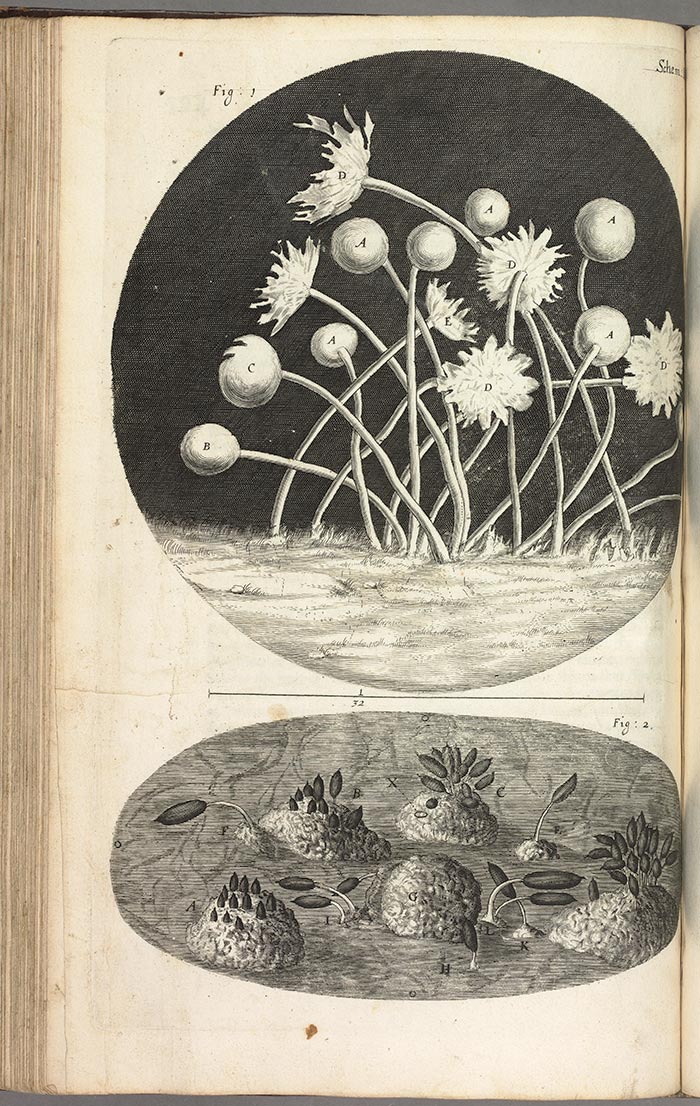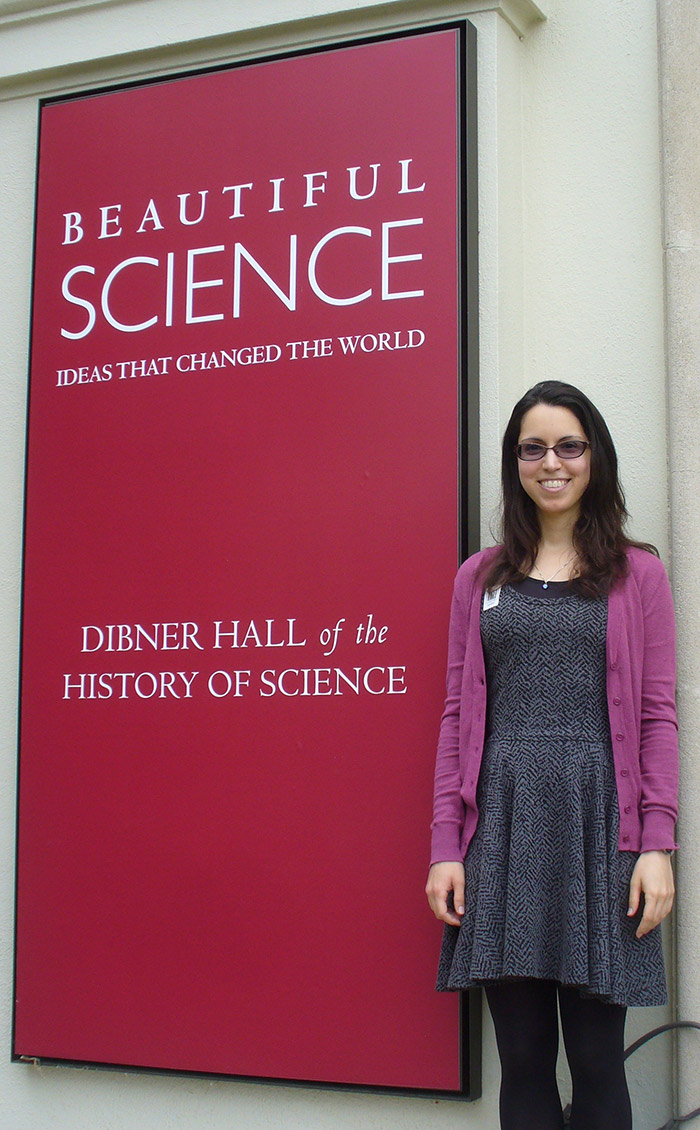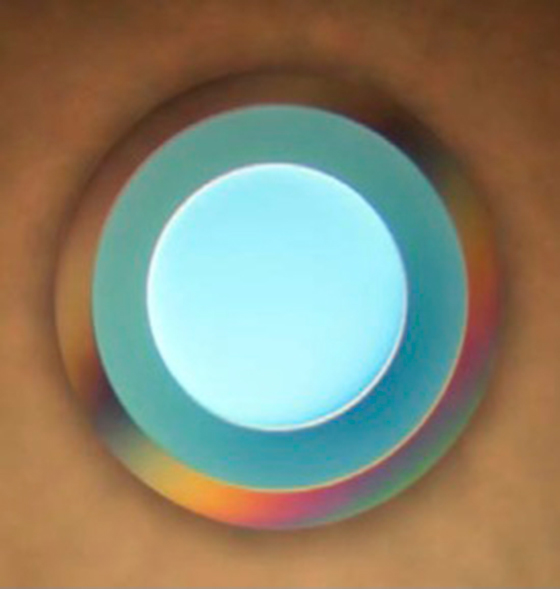The Huntington’s blog takes you behind the scenes for a scholarly view of the collections.
“Several kinds of hairy mouldy spots”
Posted on Thu., June 12, 2014 by

Beautiful science of yesterday: An illustration of mold, from Robert Hooke’s Micrographia, 1665. The Huntington Library, Art Collections, and Botanical Gardens.
The book had a sheepskin cover, and mold was growing on the sheepskin. Robert Hooke, a pioneering microbiologist, slid the cover under one of the world’s first microscopes. Mold, he discovered, consists of “nothing else but several kinds of small and variously figur’d Mushroms.” He described the mushrooms in his treatise Micrographia, a 1665 copy of which I found in “Beautiful Science: Ideas that Changed the World.” A permanent exhibition in The Huntington’s Dibner Hall on the History of Science, Medicine, and Technology, “Beautiful Science” showcases the physics of rainbows, the stars that enthralled Galileo, and the world visible through microscopes.
“[T]hrough a good Microscope,” Hooke wrote, the sheepskin’s spots appeared “to be a very pretty shap’d Vegetative body.”
How like a scientist, to think mold pretty. How like quantum noise, I thought, Hooke’s mold sounds.

Nicole Yunger Halpern at the entrance to The Huntington’s permanent exhibition “Beautiful Science.”
Quantum noise hampers systems that transmit and detect light. To phone a friend or send an email—“Happy birthday, Sarah!” or “We have a new blog post”—we encode our message in light. The light traverses a fiber, buried in the ground, then hits a detector. The detector channels the light’s energy into a current, a stream of electrons that flows down a wire. The variations in the current’s strength is translated into Sarah’s birthday wish.
If noise doesn’t corrupt the signal. From encoding “Happy birthday,” the light and electrons might come to encode “Hsappi birthdeay.” Quantum noise arises because light consists of packets of energy, called “photons.” The sender can’t control how many photons hit the detector. The detector translates different numbers of photons into different amounts of current, which translate into different letters.

Beautiful science of today: A microresonator—a tiny pendulum-like device—studied by the group led by Kerry Vahala at Caltech.
This spring, I studied quantum noise under the guidance of Caltech faculty member Kerry Vahala. I learned to model quantum noise, to quantify it, when to worry about it, and when not. From quantum noise, we branched into Johnson noise, “ASE” noise, beat noise, and excess noise. Noise, I learned, has structure. It exhibits patterns. It has personalities. I relished studying those patterns as I relish sending birthday greetings while battling noise. Noise types, I see as a string of pearls unearthed in a junkyard. I see them as “pretty shap[es]” in Hooke’s treatise. I see them—to pay a greater compliment—as “hairy mouldy spots.”
For further details about noise, see the full version of this article on Caltech’s “Quantum Frontiers” blog. With thanks to Bassam Helou, Dan Lewis, Matt Stevens, and Kerry Vahala for feedback. With thanks to the Huntington Library (including Catherine Wehrey) and the Vahala group for the Micrographia image and the resonator image, respectively.
Nicole Yunger Halpern is pursuing a Ph.D. in theoretical physics at Caltech. She blogs for Caltech's Institute for Quantum Information and Matter. Quantum Frontiers welcomes readers of all levels of familiarity and unfamiliarity with physics.